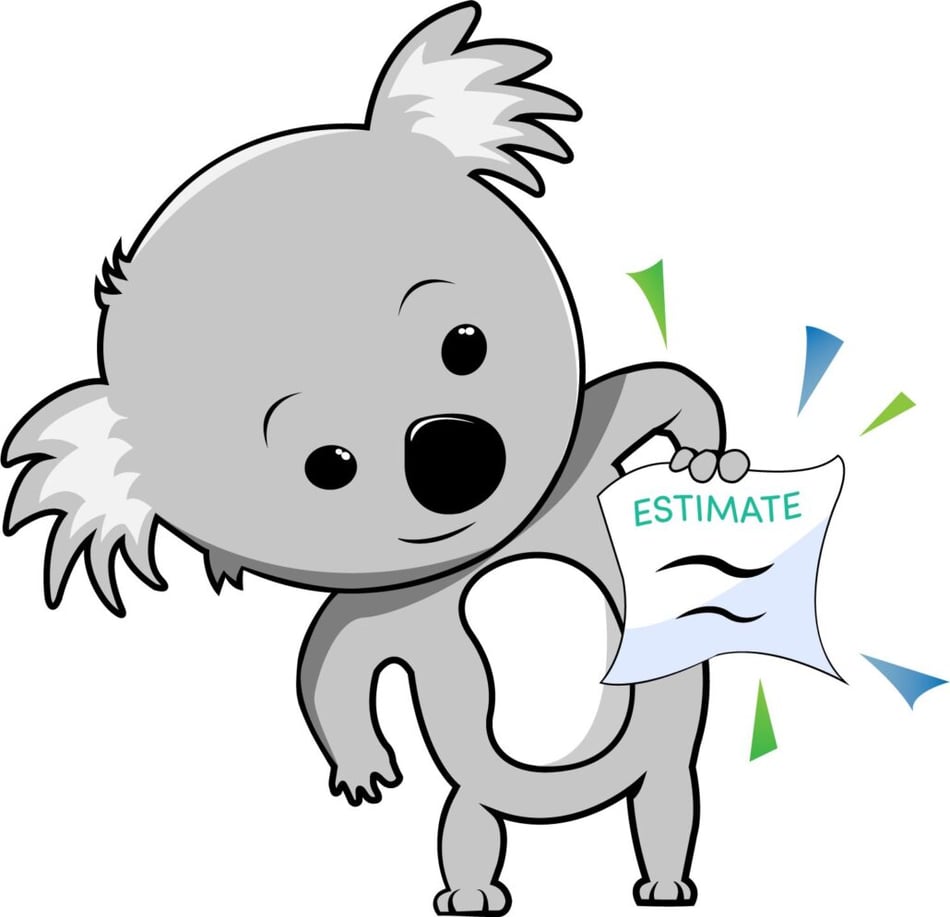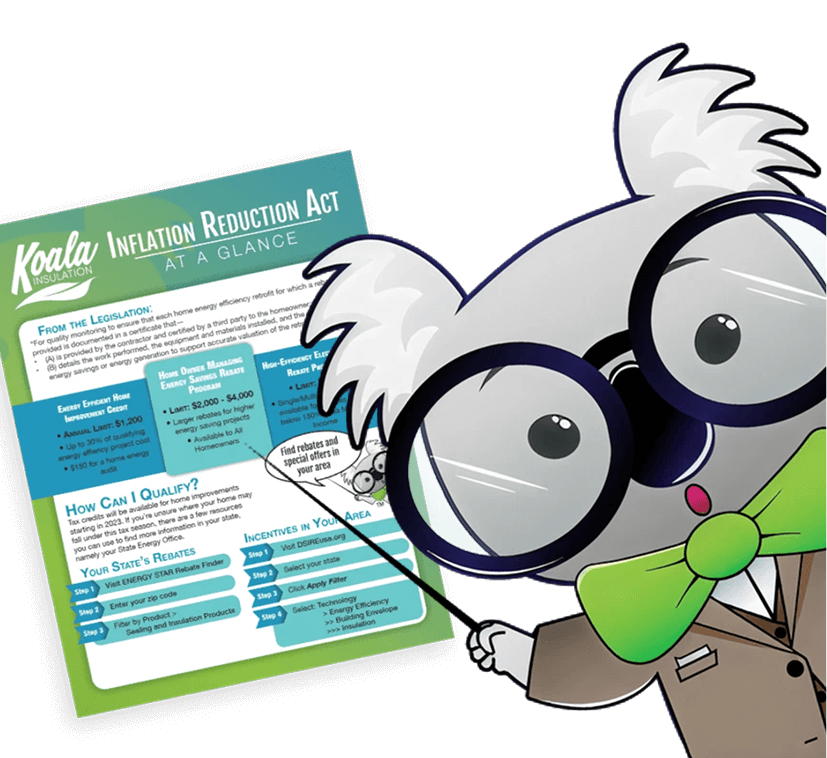Living in Tampa, Florida, means facing the annual hurricane season, where high winds, torrential rains, and flooding can cause extensive damage to homes. While most homeowners focus on protecting their windows, roofs, and doors, the impact hurricanes have on home insulation is often overlooked. Insulation plays a vital role in keeping your home comfortable and energy-efficient, but it can suffer significant damage during hurricanes, leading to long-term problems.
In this blog, we’ll explore how hurricanes affect your insulation, what signs of damage to look for, and what you can do to protect your home from the impact of future storms.
How Hurricanes Impact Home Insulation
Hurricanes bring several elements that can severely damage your home’s insulation. The combination of heavy rain, wind-driven moisture, and structural damage can lead to compromised insulation, which impacts your home’s energy efficiency and indoor comfort. Here’s how hurricanes can damage different types of insulation.
1. Water Damage and Flooding
Water damage is the most common and severe problem that hurricanes can cause to insulation. When hurricanes hit, the heavy rainfall and storm surge can lead to roof leaks, flooding, and water seeping into your walls. If your insulation gets wet, it can lose its effectiveness.
- Fiberglass and cellulose insulation are highly absorbent and can become waterlogged. Once soaked, these types of insulation lose their ability to trap air and regulate temperatures. Wet insulation is also a breeding ground for mold and mildew, which can spread throughout your home.
- Spray foam insulation, while more water-resistant than fiberglass and cellulose, can still suffer from water damage if moisture seeps in through cracks in the roof or walls. While spray foam does not absorb water, prolonged exposure to moisture can lead to structural damage in your home’s framing, which affects insulation performance.
2. Wind-Driven Rain
In addition to heavy rainfall, hurricanes often bring wind-driven rain, where strong winds push water into small openings in your home’s exterior. This moisture can seep into your walls and attic, leading to wet insulation that may not be immediately visible.
- Well-sealed homes can experience water intrusion during a hurricane, and if moisture reaches your insulation, it can degrade its ability to regulate indoor temperatures. Over time, this moisture can lead to problems such as rotting wood, weakened structural integrity, and increased energy bills.
3. Mold and Mildew Growth
Mold and mildew thrive in humid environments, and the aftermath of a hurricane creates ideal conditions for these organisms to grow. Damp or wet insulation provides a perfect environment for mold to flourish, particularly in Florida’s warm and humid climate.
- Mold not only damages your insulation but can also spread throughout your walls, attic, and other areas of your home. This not only causes health problems, such as respiratory issues but also leads to costly remediation efforts if not addressed promptly.
4. Displacement and Structural Damage
The high winds and flying debris during hurricanes can cause physical damage to your home, including your roof and attic. This structural damage can result in displaced insulation, creating gaps that allow air to escape. Even if your insulation doesn’t get wet, displacement can reduce its effectiveness, making it harder to keep your home comfortable and energy-efficient.
When insulation is damaged or displaced, your HVAC system has to work harder to maintain a consistent indoor temperature, leading to higher energy bills and decreased indoor comfort.
Signs Your Insulation Has Been Damaged by a Hurricane
After a hurricane, it’s crucial to inspect your home for signs of damage to your insulation. Here are a few key indicators that your insulation may have been compromised:
- Increased energy bills: If your energy costs spike after a hurricane, it could be a sign that your insulation is no longer functioning properly, causing your HVAC system to work harder.
- Uneven indoor temperatures: If certain areas of your home feel hotter or colder than usual, it may indicate that your insulation has been displaced or damaged.
- Visible moisture or staining: Water stains on your walls or ceiling could indicate that moisture has entered your insulation, leading to reduced effectiveness and potential mold growth.
- Musty odors: A musty smell in your home is a common sign of mold or mildew, which could indicate water damage to your insulation.
Steps to Protect Your Insulation Before and After a Hurricane
While you can’t prevent hurricanes, there are steps you can take to protect your home’s insulation from storm damage. Proper preparation before a hurricane and timely action afterward can help minimize damage and keep your home’s insulation in good condition.
1. Inspect and Seal Your Home Before Hurricane Season
Before hurricane season begins, inspect your home for any cracks, gaps, or leaks that could allow water to seep in during a storm. Pay close attention to areas around windows, doors, and your roof, as these are common entry points for moisture. Sealing these areas with caulking, weatherstripping, or other materials can help prevent water intrusion.
Additionally, have your attic and roof inspected by a professional to ensure they are in good condition and that your insulation is adequately protected from potential leaks.
2. Reinforce Your Roof and Attic
Since the attic is often the area most affected by hurricane damage, consider reinforcing your roof to prevent leaks. This might include adding hurricane straps or clips to secure your roof to the walls of your home, as well as ensuring your attic ventilation is properly sealed to prevent wind-driven rain from entering.
3. Consider Water-Resistant Insulation
If you live in a hurricane-prone area like Tampa, investing in water-resistant insulation such as closed-cell spray foam can provide added protection against moisture. Closed-cell spray foam insulation not only provides excellent air sealing but also offers water resistance, making it an ideal choice for areas vulnerable to flooding or heavy rain.
4. Check for Damage After a Hurricane
After a hurricane passes, it’s essential to inspect your home for signs of damage. Check your attic, walls, and crawl spaces for any signs of water intrusion, dampness, or mold growth. If you find wet or displaced insulation, it’s important to address it immediately.
Even if your insulation looks dry on the surface, it’s worth having a professional insulation contractor inspect your home for hidden moisture or damage that could affect the performance of your insulation over time.
5. Replace Damaged Insulation
If your insulation has been damaged by water, mold, or displacement, it’s crucial to have it replaced as soon as possible. Leaving damaged insulation in place can lead to long-term issues such as increased energy bills, poor indoor air quality, and structural damage to your home.
A professional insulation contractor can help assess the extent of the damage and recommend the best course of action for replacing damaged insulation and preventing future issues.
The Benefits of Proper Insulation After a Hurricane
Replacing or reinforcing your insulation after a hurricane has several long-term benefits for your home:
- Improved energy efficiency: New or properly installed insulation will help your home maintain a consistent indoor temperature, reducing the strain on your HVAC system and lowering your energy bills.
- Better indoor air quality: Replacing damaged or moldy insulation improves the air you breathe, reducing the risk of respiratory problems for you and your family.
- Increased comfort: Properly sealed and insulated homes are more comfortable, with fewer drafts and more consistent temperatures throughout the year.
- Protection against future storms: Upgrading to water-resistant insulation or ensuring proper sealing can better protect your home during future hurricane seasons.
Conclusion
Hurricanes can have a lasting impact on your home’s insulation, affecting its performance and your comfort. By taking proactive steps to inspect and protect your insulation before and after a storm, you can minimize damage and ensure that your home remains energy-efficient and comfortable.
If your insulation has been damaged by a hurricane, don’t wait to take action. Call us today for a free estimate at (813) 452-3665 or visit Koala Insulation of Tampa Central to schedule a professional inspection and consultation. Our team of experts is here to help you protect your home from the impacts of future storms.

